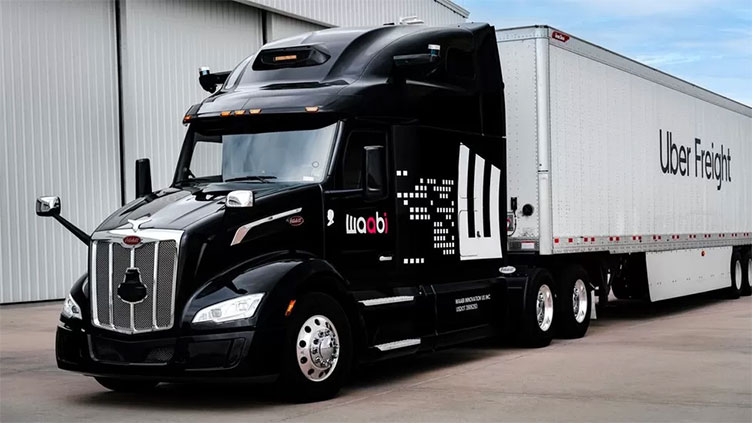Why self-driving trucks are deliberately crashed? Let's find out

Technology
A company is happy to crash the vehicles over and over again in testing
(Web Desk) - The developers of self-driving trucks don't usually like to see them crash in testing - there would be a lot of mangled metal and the risk of causing serious injury or worse.
Instead the hope is very much that they don't have an accident.
Yet one company at the forefront of autonomous lorries, Waabi, is not only happy to crash the vehicles over and over again in testing, it says this is essential, as you need to know what will happen in different accident situations.
Waabi is able to do this because instead of only testing real vehicles on real roads, it does the vast majority of such work on digital versions of the trucks in its AI-powered simulator. And it is the computerised lorries that it will prang.
The Canadian firm says its simulator - Waabi World - is so accurate and realistic that it replicates real world conditions. Endless scenarios can be quickly created by the AI software, such as computerised cars mindlessly crossing lanes in the road ahead, or the lorry having to break sharply after a pedestrian walks into the road.
This creates all sorts of useful data which, for example, can show where to place sensors on the truck or how to handle situations that require split-second breaking and manoeuvring.
The data is fed into Waabi's real world system called Waabi Driver, which has now started commercial operations in Texas with Uber Freight.
Self-driving lorries are allowed under Texas law, and they do not require a human being to be in the cab as a safety backup. However, Waabi says that a human will be behind the wheel of the Uber Freight vehicles, at least to begin with.
"Some other companies like to brag that they've driven millions of miles in the real world testing their self-driving systems," says Raquel Urtasun, the founder of Waabi. "But in my opinion that's a minus, not a plus.


